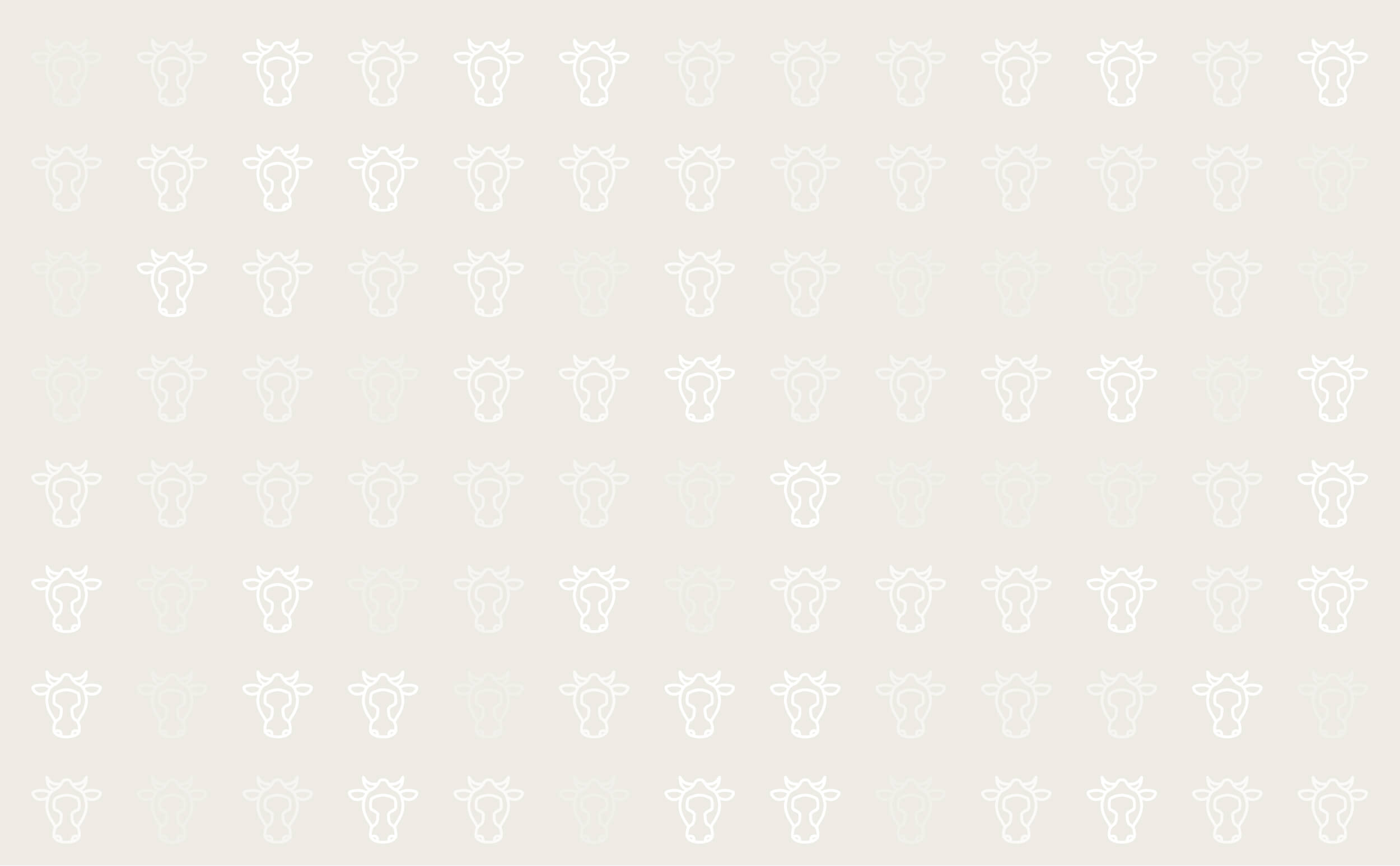



Copper Poisoning in Cattle
Acute or chronic copper poisoning is encountered in most parts of the world. Occasionally, cases copper poisoning has been associated with cattle eating pig feed or grazing pastures fertilised with pig manure.
Cattle are commonly supplemented with copper to prevent deficiency.
Copper toxicity in cattle is usually chronic in development (occurring as the result of a build–up over a long period of time), but is usually seen as an acute disease. The signs occur as the result of liver failure when the level of copper stored in the liver gets too high and damages the liver cells it is stored in)
Symptoms
- Depression
- Colic (abdominal pain)
- Paleness/ jaundice
- Reduced appetite
- Lower milk yield
- Dark red urine
- Death
On clinical signs noted above you can be suspicious of copper poisoning. However your veterinary surgeon would carry out further tests to confirm copper poisoning:
- Blood copper – will be elevated in ill animals, and in many apparently normal animals (unless there is a single small point source of copper. Blood copper measurement will show the extent of the problem
- Tissue copper: Measurement of liver and kidney copper is confirmatory. This can be done by biopsy, but is best done post-mortem.
Treatment
Remove the suspected source of copper immediately. Individual treatment with ammonium molybdate and sodium thiosulphate can be effective but may not be economic. Other supportive therapy such as fluid therapy and antibiotics is of limited value.
Prevention
Copper supplementation must be carefully considered after first establishing a deficiency situation. Risk can be reduced by:
- Ensuring you know what the copper intake of your cows. Pay particular attention to the copper content of your mineral and your forage
- Using chelates with care. So-called ‘organic copper’ may be better absorbed than inorganic copper, but this increase the risk of copper toxicity, particularly if the same amount of copper is fed.
- Do not supplement with copper unless you have clear evidence of copper deficiency (or molybdenum toxicity)

